From monkeys to mice and frogs to fruit flies, animals have a longer history of space travel than humans.
Before any astronauts and cosmonauts were strapped into their seats, these unwitting animal test pilots were at the vanguard, tasked with revealing the conditions and effects of travel beyond Earth.
Many of us will have heard of Laika the dog, or even Belka and Strelka, her canine comrades, but there have been many more animals involved in the history of spaceflight, some more unusual than you might think.
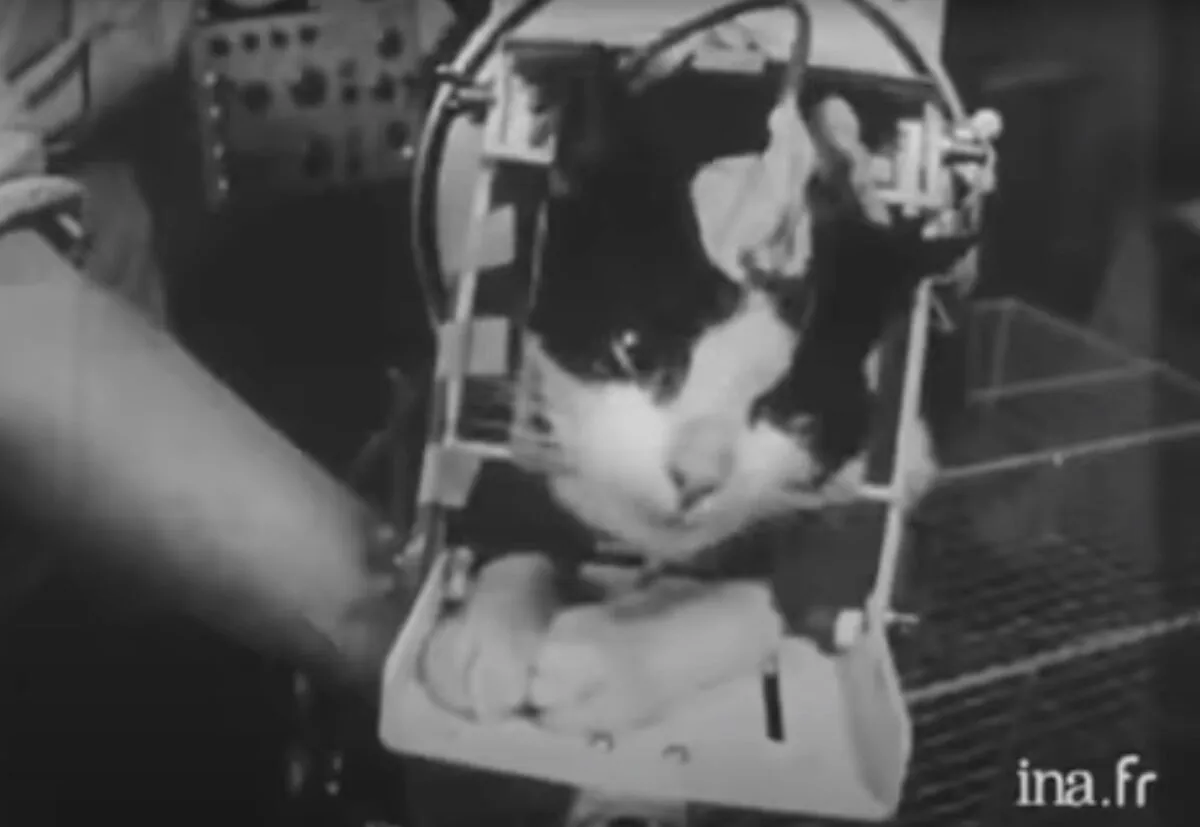
During the two decades before Armstrong and Aldrin stepped onto the Moon, as the earliest crafts set out to probe and finally escape Earth’s atmosphere, both the US and the USSR heavily deployed members of the animal kingdom as they competed for domination of the heavens.
In this seemingly unrelenting Space Race, neither side showed a hint of moral difficulty in sending their respective menageries into orbit, to boldly go where no human had gone before.
Below we've taken a look at some of the most notable zoological astronauts that paved the way for humanity's journey beyond Earth.
First animal in space
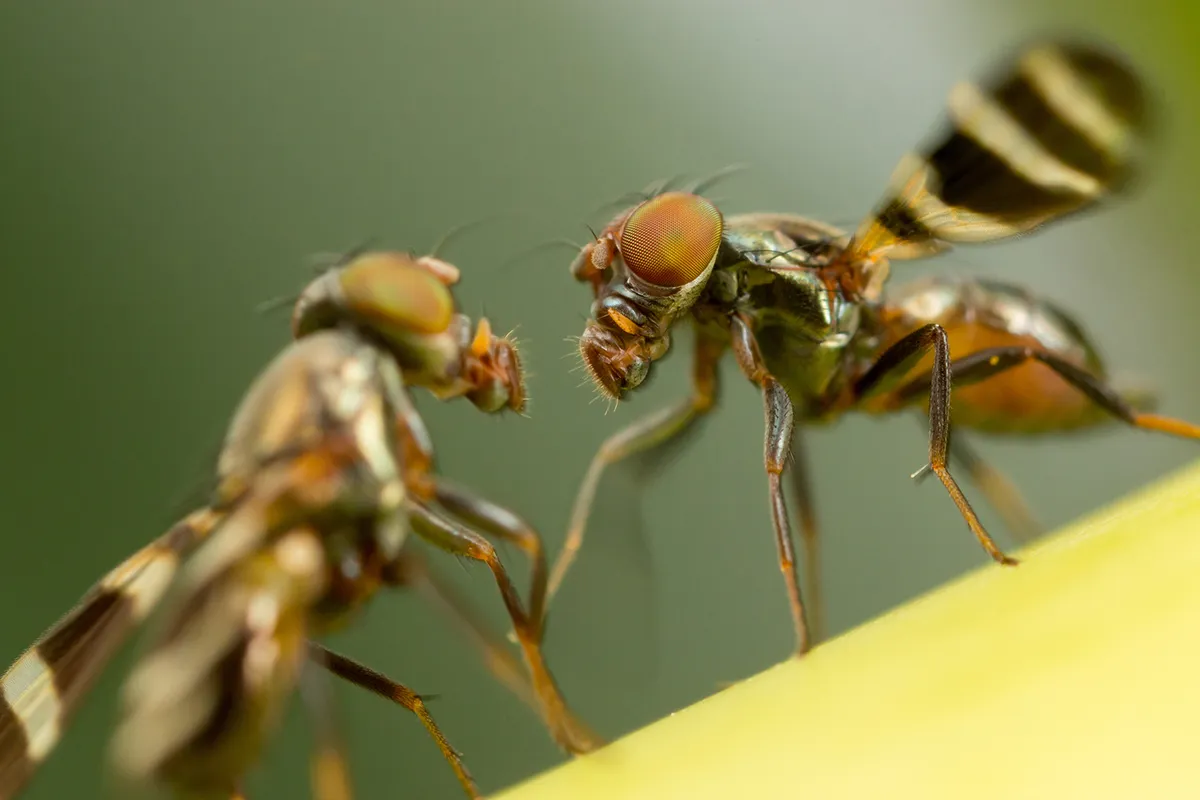
In 1947, a cargo of fruit flies was loaded aboard a US-launched V-2 rocket in order to test the effects of radiation at high altitude.
Having reached a height of 109km in just over 3 minutes, the capsule carrying the flies was ejected and safely parachuted back to Earth, its cargo intact and alive.
First mammal in space
Two years after those pioneering fruit flies, another V-2 rocket was launched by the US, this time occupied by a rhesus monkey called Albert II.
He journeyed to an altitude of 130km, but died on impact when his capsule’s parachute failed.
Many monkeys and apes were subsequently launched into space by both the US and the Soviet Union, with only a third surviving.
First dogs in space
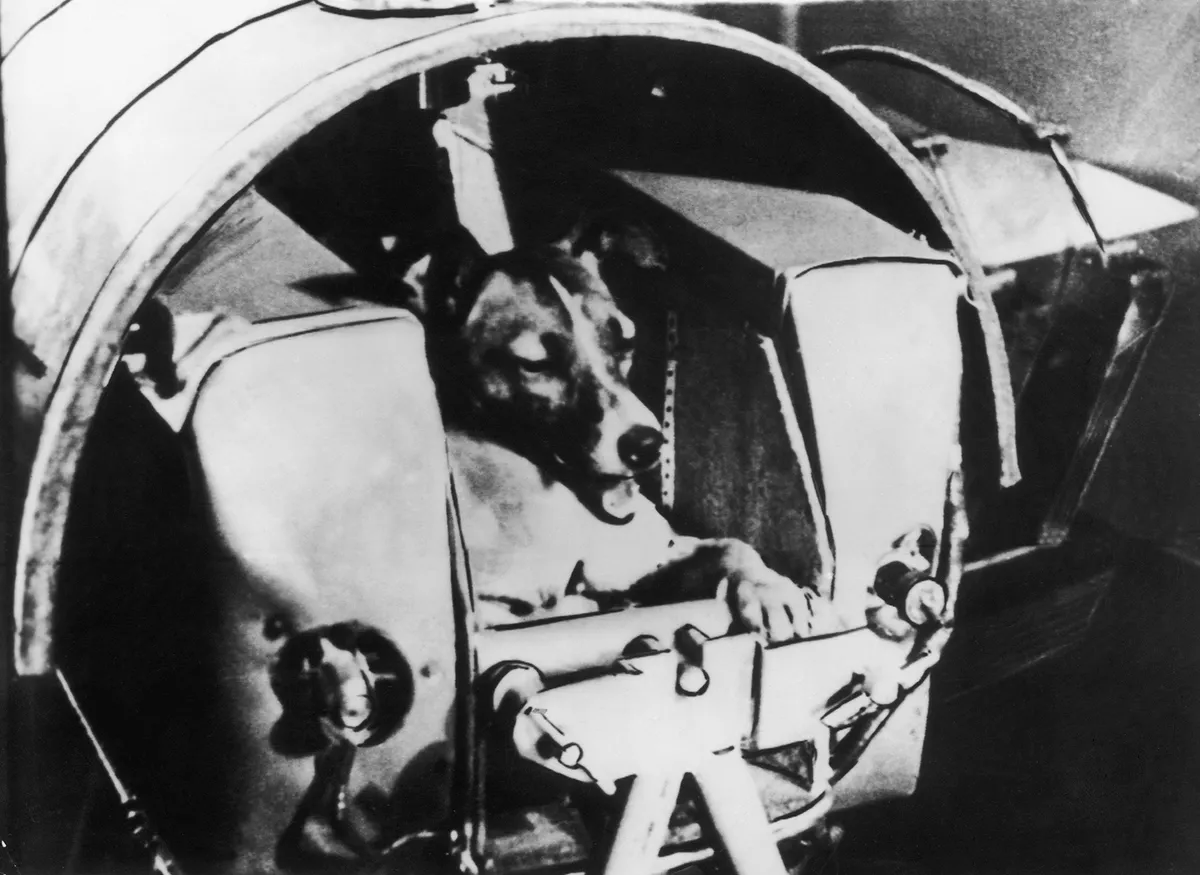
In the summer of 1951, two Russian dogs – Tsygan and Dezik – were fired into space to make the first canine sub-orbital flight, becoming the first dogs in space.
The mission was successful: the pair were the first higher living organisms to return to Earth alive.
The most famous dog in space was Laika, who aboard Soviet Sputnik 2 became the first animal in orbit in 1957.
Her death during the flight was expected, as the technology to bring a living creature back to Earth from an orbital flight had not been developed.
First monkeys to survive space travel

In 1959, a female rhesus macaque called Able and a squirrel monkey by the name of Miss Baker were the first monkeys to complete a successful mission.
Housed in the nose cone of a US JUPITER AM-19, they reached a speed of 10,000mph during the 16-minute flight and experienced weightlessness for 9 minutes.
Able died within days of landing, while Miss Baker became something of a celebrity and lived for a further 25 years.
First dogs to survive orbital space travel

In August 1960, two dogs, a rabbit, 40 mice, two rats and 15 flasks of fruit flies, plants and fungi were loaded aboard Sputnik 5. Happily, the dogs – Belka and Strelka – survived their day-long flight.
Space guinea pig
All of the animals mentioned so far were guinea pigs for the fast-accelerating space missions of the USA and the USSR.
In the spring of 1961, however, the Soviets sent an actual guinea pig into orbit. Thankfully the rodent returned to Earth unharmed.
Only cat to survive a trip to space
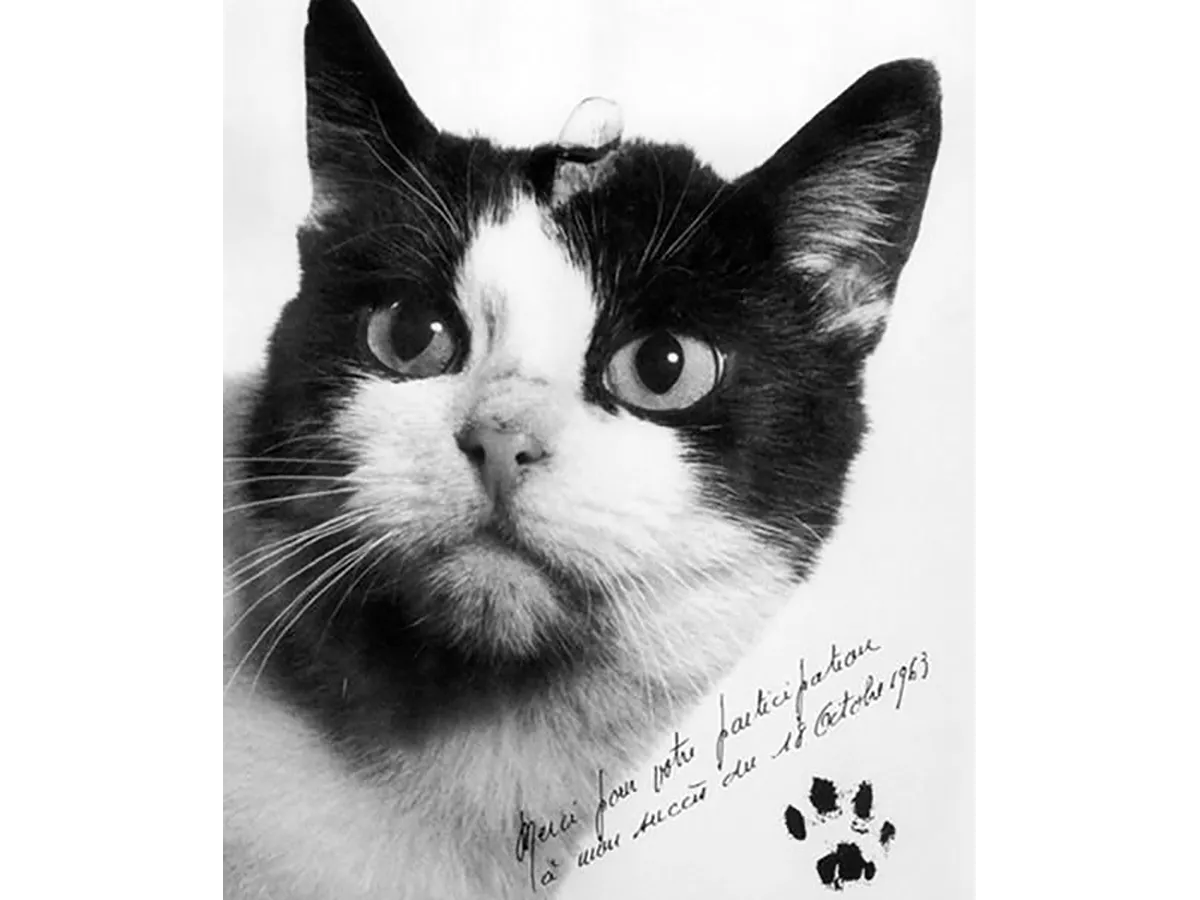
14 cats were trained by the Centre d’Enseignement et de Recherches de Médecine Aéronautique (CERMA) in France before former stray Félicette, the first cat in space, was chosen for a 15-minute, 160km journey above Earth in October 1963.
She made it back safely, but was euthanised soon after to study the journey’s effect on her brain. A bronze statue of Félicette was erected at the International Space University in Strasbourg.
First animals to survive open space
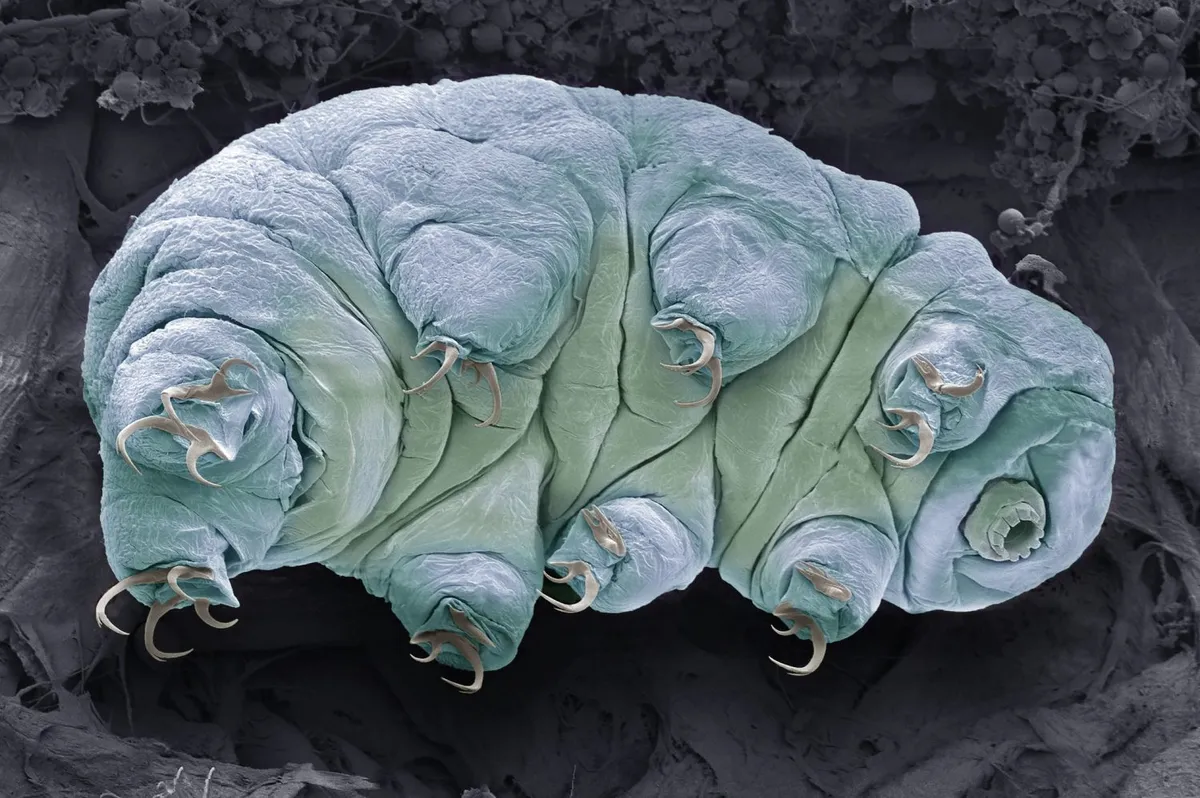
In 2007, two species of tardigrades, often known as ‘water bears’ or ‘moss piglets’, were loaded onto the European Space Agency’s FOTON M-3 mission.
The purpose of doing so was to test the resilience of the famously hardy creatures – which are even able to survive being dried out for a matter of years – to the effects of the vacuum of space and to the Sun’s ultraviolet rays.
Nearly 70% of the tardigrades were able to be rehydrated upon their return, many of which later laid successfully-hatching eggs.

Animals in space today
It’s very much open to debate whether all the animal missions, particularly in the early days, resulted in great leaps forward in our understanding of space.
Oleg Gazenko, who trained and supervised many of the USSR’s animal subjects, later said of the Laika mission: "The more time passes, the more I’m sorry about it. We shouldn’t have done it. We did not learn enough from the mission to justify the death of the dog."
After the US won the race to be the first nation to set foot on the Moon’s surface, the motivation moved on from simply using animals to test how space travel might affect human travellers.
Into the 1970s and beyond, the US, USSR and other countries sent up a varied cast-list of lifeforms, with the purpose of not just finding out whether particular animals would survive, but also if they would adapt to conditions very unlike those on Earth.
More recent missions are teaching us much, identifying which species thrive and which don’t.

For instance, space-bound spiders learned to spin their webs without the benefit of gravity, while crickets failed to develop the organs that usually assist with their sense of balance.
With no ‘up’ or ‘down’, Mummichog minnows initially pitched forward and swam in tight circles.
Thankfully, the days of the gung-ho experiments of the Space Race have passed in favour of a more considered and responsible approach.
Regulations for sending animals into orbit in the 21st century are stringent, with clear justification needed for every experiment.
Avoiding distress, cruelty and suffering are paramount. As NASA has observed, “animal housing rules are more extensive than the requirements for human children day-care centres”.
Such compassion was not always the case though, and when we look back on the triumphs of human spaceflight, we should remember with gratitude the animal astronaut pioneers who blazed a trail.
